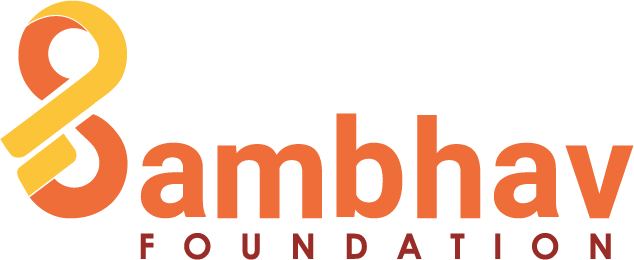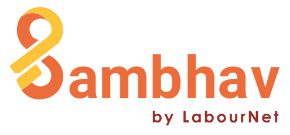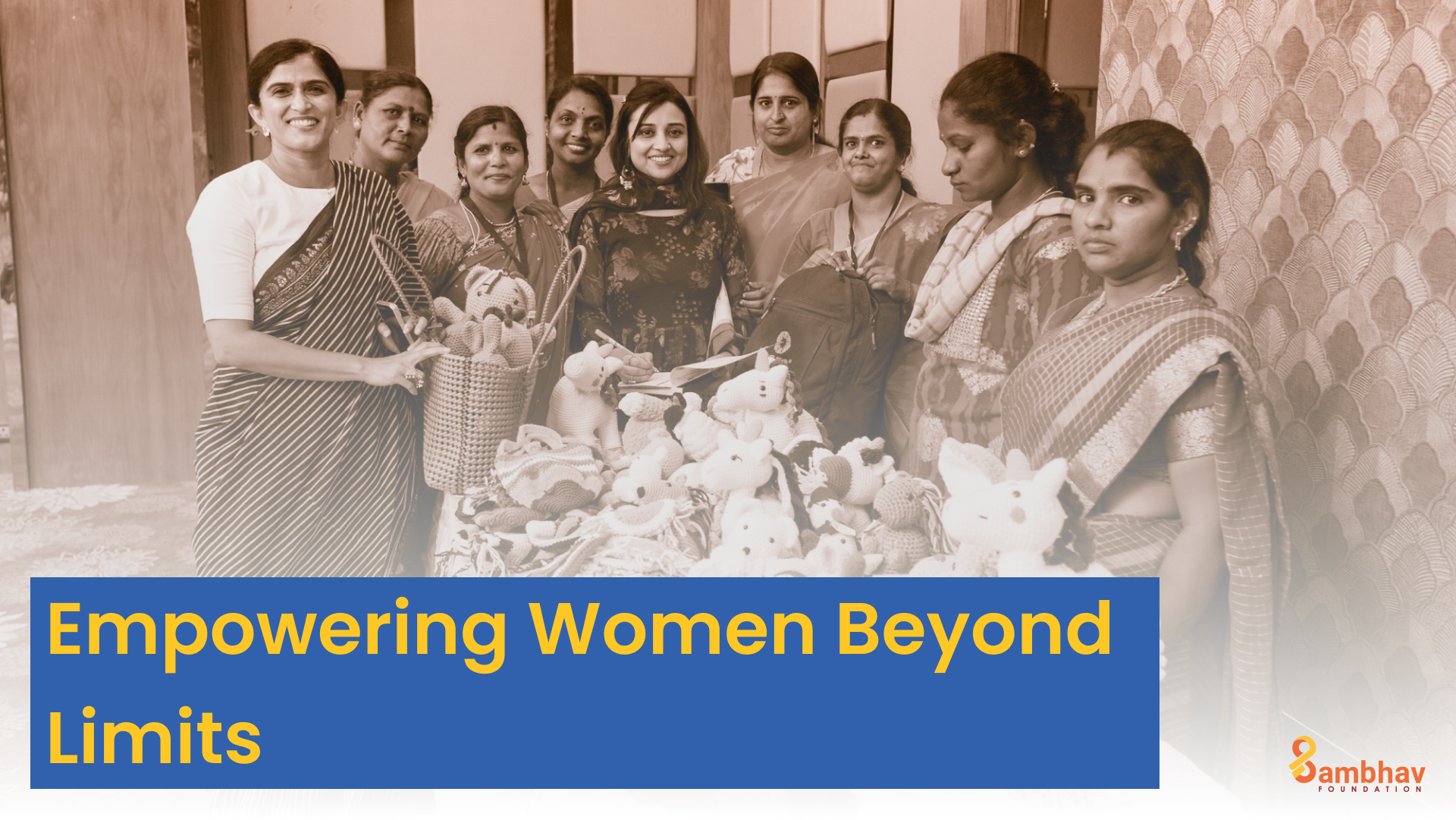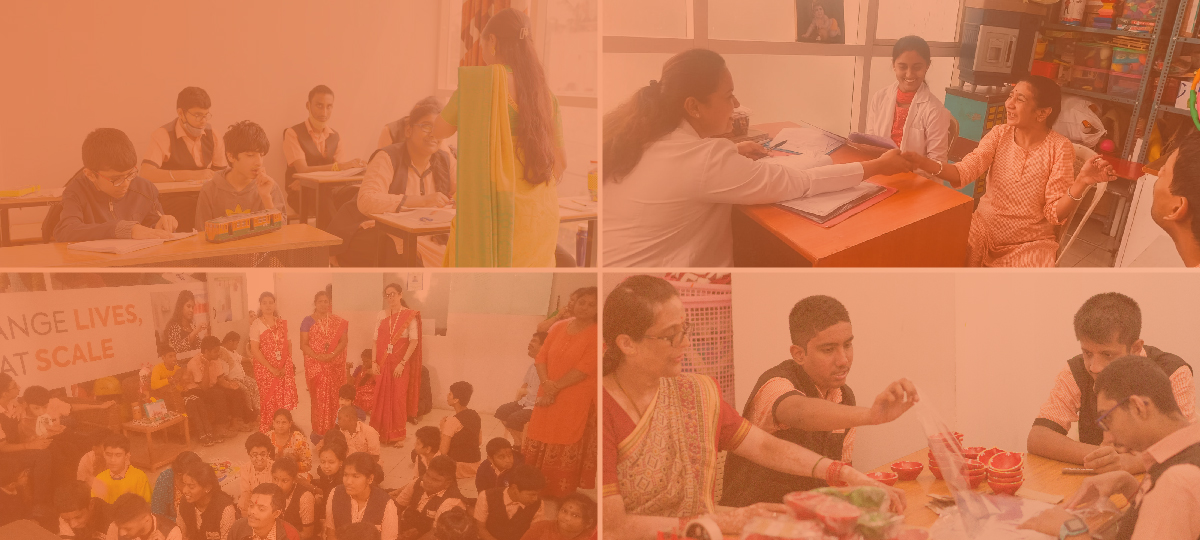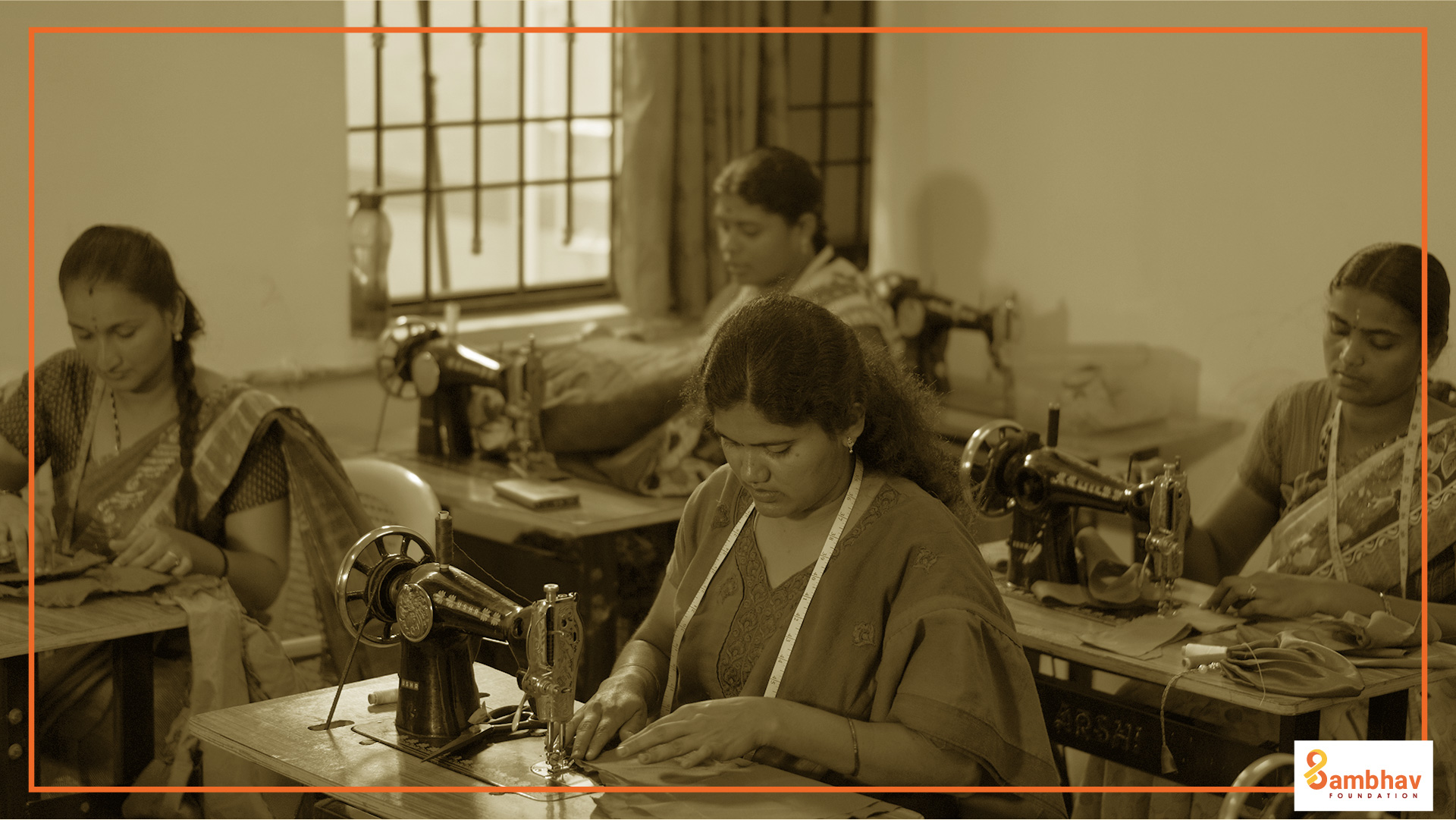Did you know that India has one of the best recycling rates in the world? 70% of all PET bottles are recycled here, compared to 31% in the USA. But before you give yourself a pat on the back for this achievement, can you name the invisible force behind it? It is the waste pickers – the most critical link in India’s solid waste management process. But while they bring huge economic and environmental value through their work, their own living conditions remain miserable.
To bring a change in the lives of this marginalized group, we need to make a holistic effort to address their marginalization and provide them with pathways to better livelihoods.
The life of a waste picker
India generates about 62 million tonnes of municipal solid waste each year. An estimated 1.5 to 4 million waste pickers in India make their living by cleaning, sorting, and segregating this waste. Without their indispensable labor, India’s cities and towns would drown under the waste they generate.
But there is no formal recognition of the work they do and their incomes are meagre and unstable. Their working conditions are appalling, exposing them to hazardous and toxic material. They face harassment and discrimination because of a negative perception of their work. Women and children are especially vulnerable to violence both within and outside their homes. Substance abuse is high and accessing affordable healthcare is a huge challenge.
The COVID-19 pandemic has worsened their living conditions and led to loss of income, even as they continued to work through the lockdowns to ensure cities remained garbage free.
Changing Livelihoods – Changing Lives
A comprehensive approach to improving the lives of waste pickers should assist them and their families to achieve their potential and bring a positive socio-economic change in their lives.
Waste pickers need pathways to alternative livelihood opportunities to augment their household income. These pathways can emerge through vocational and skill training in areas that match their interests and competencies. Skilling interventions in areas ranging from tailoring and stitching to electrical work and masonry can give them access to new sources of income. Supplementing these skills with financial and computer skills will increase their employability. Those with the aptitude and the inclination should have the opportunity to receive entrepreneurial training and access to resources like low-interest loans to become self-employed.
Of course, training is only the first step. Once trained, they should be connected job opportunities. Life skill training to build confidence and improve communication will get them ready for job interviews. Long-term tracking, counselling, and support will be required to help them adjust to their new reality and address any challenges they face.
Any intervention should consider the fact that one day of training for a waste picker means loss of the day’s wages. Training schedules, content, and delivery mechanisms such as EdTech need to be tailored to work around this. If family members can be trained and employed, disruptions to the waste picker’s livelihood can be avoided till alternate family income streams are established. Training and counselling centers should be located close to where the trainees live to increase access and ensure regular attendance.
For a waste picker, to follow an alternative livelihood can be a daunting task because of the stigma attached to their current profession. It may not even make financial sense to switch because the earnings from waste picking may be higher. We must also support those who choose to stay in the profession. To increase their social acceptance, society needs to be made aware of the critical work that they do. Their services should be valued, and they should receive fair remuneration so that they can take pride in it.
The problem is multi-dimensional, and a sustainable solution will have to be innovative and contextually adapted. To be successful, we need to work collaboratively, involving the waste pickers’ community, other actors in the value chain, the government, civil society organizations and the citizenry.
As a part of Saamuhika Shakti, Sambhav Foundation is committed to the goal of providing alternative means of livelihoods to ensure higher household income, greater social acceptance, lower financial risk and better working conditions. The intervention follows a three-tier approach. At the first level, waste-picker communities are exposed to different skilling domains through a workshop. This is followed by a two-month skill development program to train and certify people and provide them with linkages to employment opportunities. And third, a six-month long entrepreneurship development program identifies aspiring entrepreneurs and supports their ventures. Certification and training of thousands of candidates has taken place despite COVID restrictions.
Conclusion
Waste pickers and their families remain the most disadvantaged group of urban poor. Over the years, commendable efforts have led to some positive changes for them. But to break the cycle of intergenerational poverty, we need systemic change. Armed with the resources to gain economic and social rights, they would no longer be passive victims of poverty and could lead a life of dignity. Sambhav Foundation is joining forces with other partner organizations to take a holistic approach to improve the living conditions of informal waste pickers. For more information or to collaborate, visit https://www.saamuhikashakti.org/. To know more about Sambhav and its work, visit www.sambhavfoundation.com
